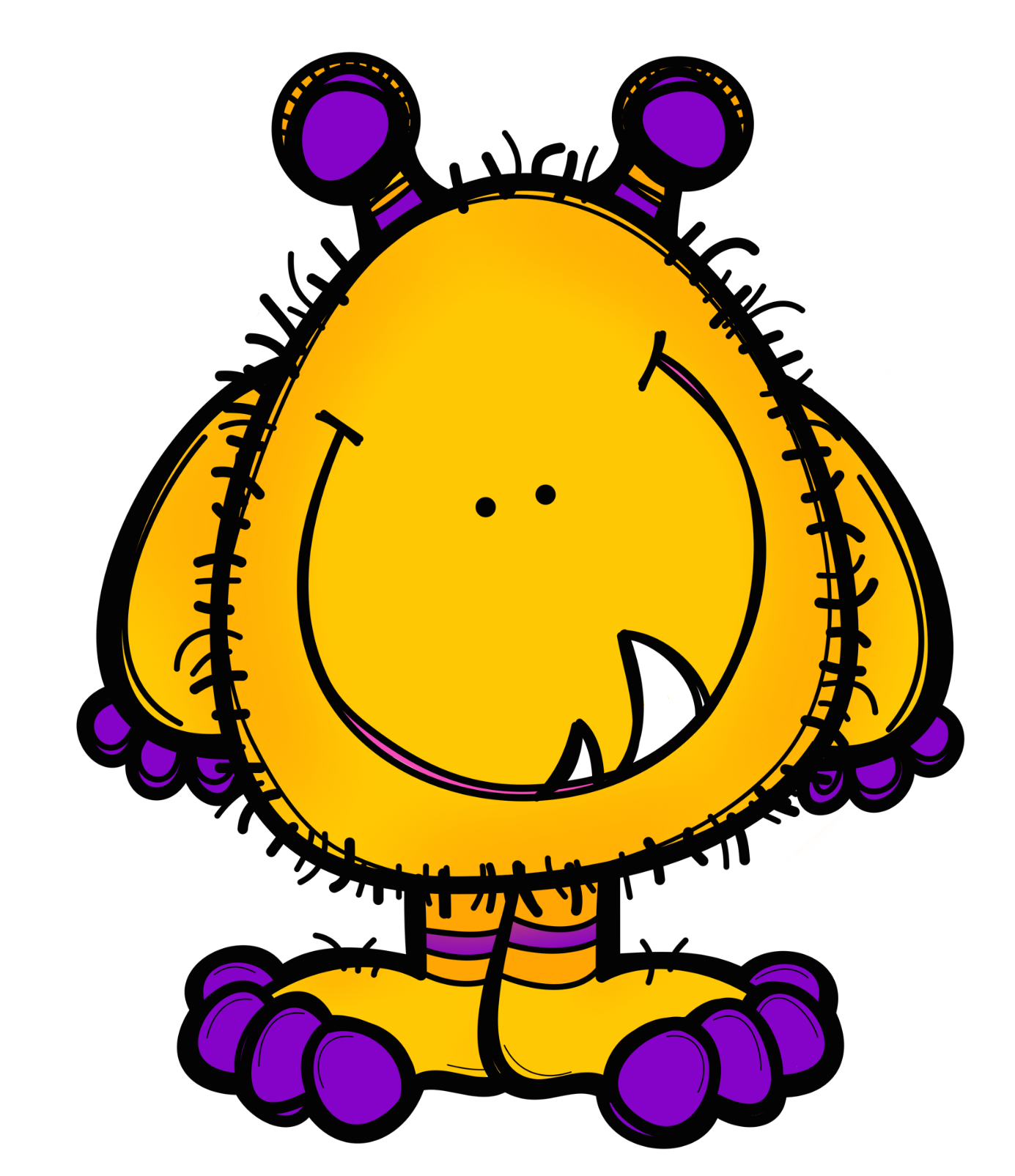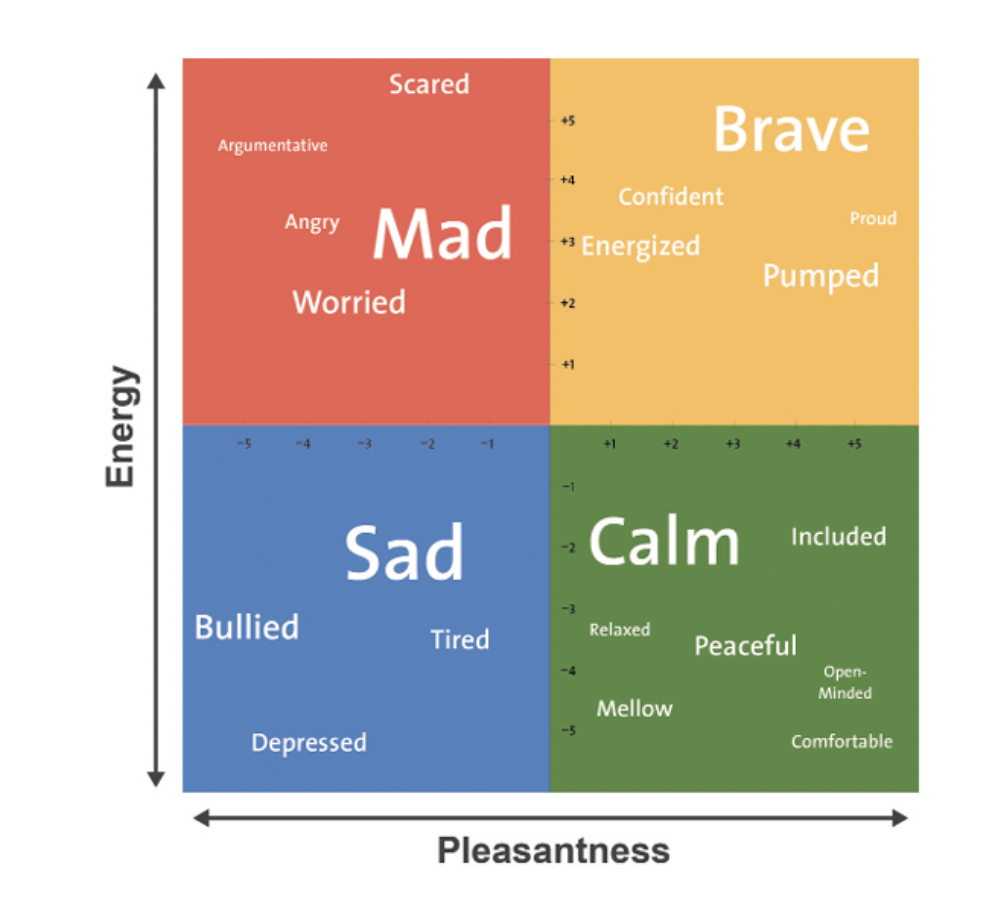



Every year I try to come up with fun and engaging ways to practice emotional intelligence. My goal is to improve every year and students will show growth in problem solving ways to manage their emotions.
As a preschool teacher, emotions and social emotional development are at the core of everyday teaching. As the upcoming school year is approaching and students are in need of social emotional support now more than ever it is important to continue to try and improve the lessons and ideologies that we implement in the classroom.
For the upcoming year, my goal is to really focus on the year of modeling. It may sound like something silly, but little ones learn so much just from watching our everyday actions. Simple actions like the way we talk, walk, think, and express our everyday thoughts are all the things our small observers are looking at. While they are watching I want to demonstrate that I have a strong ability to regulate and use my emotions for a successful life.

How can we express ourselves in a healthy and productive way? Let us start with vocabulary. When someone asks “how are you today?” you will probably say “fine”, “happy”, “good”. Nothing about those responses scream emotional intelligence. The first step to helping the little learners is to take a look at yourself. When someone asks about your emotional status, think about your answer. Use enriching vocabulary and explain why you feel that way. Model your emotions and how you are going to regulate and shift your feelings. Taking a few extra moments to model our emotions can have a lasting impact in the classroom.
While continuing to research and read the latest and greatest research on emotional intelligence I found a wonderful article on NAEYC (National Association for the Education of Young Children) all about teaching emotional intelligence. In this article the change that I would like to implement is a new check in chart for students.

SHAUNA L. TOMINEY ELISABETH C. O’BRYON SUSAN E. RIVERS SHARON SHAPSES Teaching Young Children Vol 72 No. 1 March 2017
Looking at this you may be thinking, “how can I use this with 4 year olds?” That was my initial thought as well, but then I thought about how this chart allows for change. Students can move over each axis with ease and there is no “good” or “bad” emotions. With the little ones they could associate each color with a feeling.
Blue = Sad
Green = Calm
Red = Mad
Yellow = Happy
In my classroom I will have this set up near the door and as they walk in they can move their name to the quadrant they are feeling. I want the check in to happen 3 times a day. When they arrive, before lunch, and before we go home. This can be a simple check in but this way I can make an assessment on student well being, we have opportunities for students to check in on their peers, and we model that our feelings shift.
As the year progresses we can add stronger vocabulary for each category through read alouds, personal stories, and pretend play. All great ways to increase the language used during the emotional intelligence journey.
Teaching and raising little ones is an ever changing technique. Sometimes what we try will work great for them and the next day nothing seems to help that emotion monster. Let me know something you use at home or in the classroom, we can all try to help each other!
Leave a comment